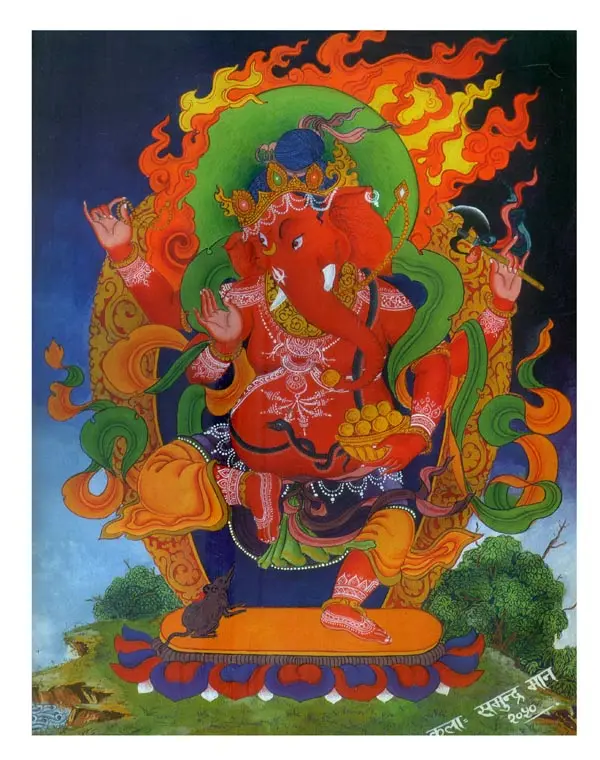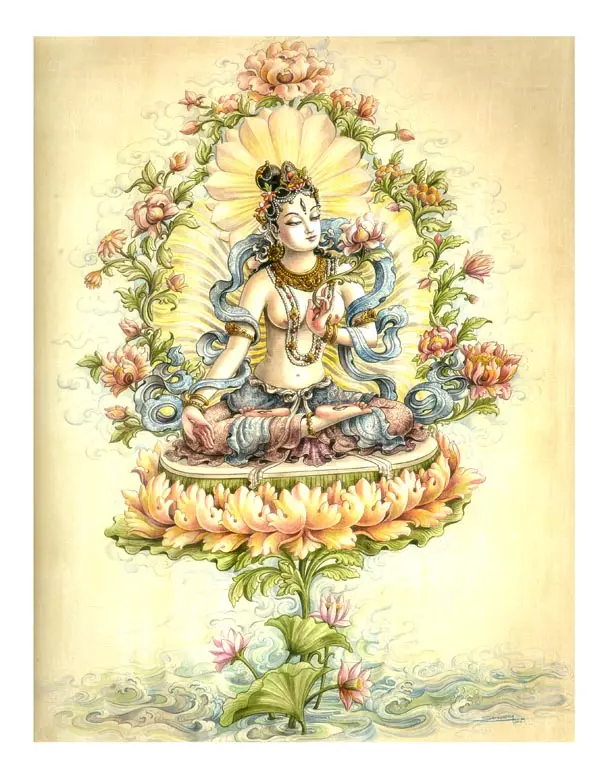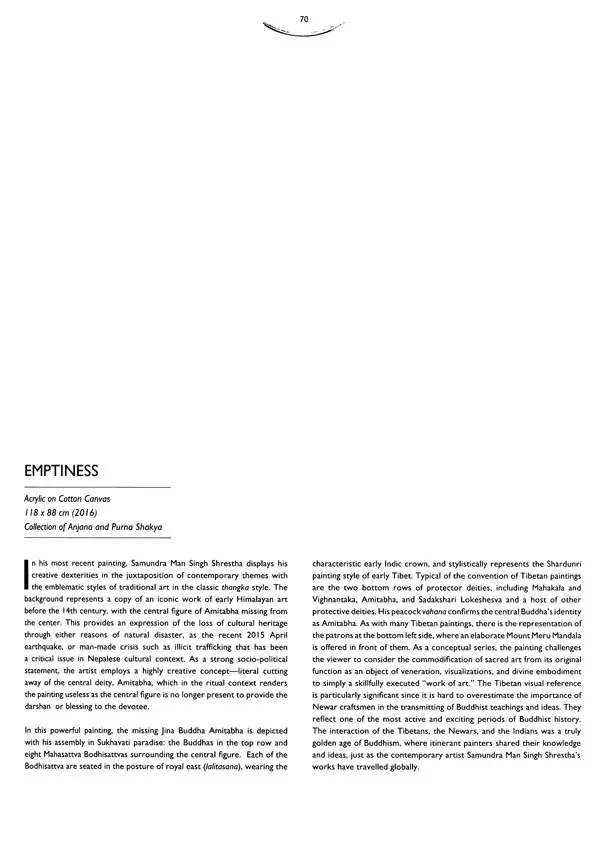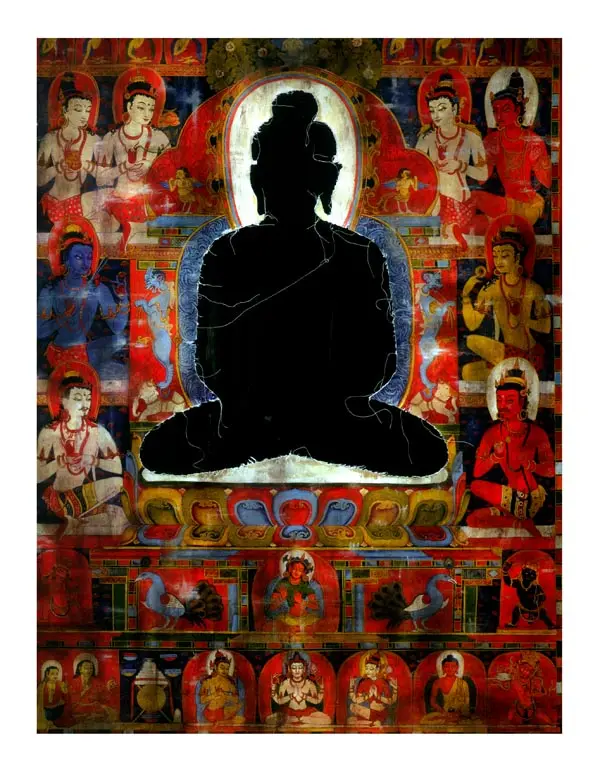
Embodied Enlightenment
Book Specification
| Item Code: | UAJ407 |
| Author: | Samundra Man Singh Shrestha |
| Publisher: | Bodhisattva Gallery, Nepal |
| Language: | English |
| Edition: | 2016 |
| ISBN: | 9789937008785 |
| Pages: | 98 (Throughout Color Illustrations) |
| Cover: | HARDCOVER |
| Other Details | 13.00 X 10.00 inch |
| Weight | 960 gm |
Book Description
Now I have chosen to promote contemporary Newar art, To make Newar art flourish it required me to work in close collaboration with the best living artists, encouraging them, giving them input, respecting and honoring their skill. For many years, I started working primarily with metal craftsmen, specializing in the lost wax process and with carvers. I then began collecting paubha paintings for my own collection. It was like an obsession. My passion for the paintings caused some heated arguments with my wife as we had school-going children whose fees had to be paid. This did not deter me from expanding my collection. I always envisioned exhibiting my beautiful paintings. With the support of my family, in the Bodhisattva Gallery held an exhibition showing my collection of twenty-five years, featuring Newar paubha paintings, statues made out of the lost-wax process, carved corals and gold repose, The show became a landmark exhibition, which highlighted the high caliber of Newar art and also made it visible to the public.
This display of art not only inspired the younger traditional artists but made people realize the vast knowledge and stylization that exist in the traditional art, At the same time; it motivated contemporary artists to integrate traditional aspects in their creations. One of the most visited exhibitions in recent history, it became a benchmark for excellence and future shows. The success and appreciation for the collective effort of putting together the show encouraged me to plan future exhibitions to promote and highlight works of excellent artists, as up to now these works has not been given the attention and respect they deserve.
Book's Contents and Sample Pages While the first exhibition, titled Jewels of Newar Art was a collection of art by various artists, a solo exhibition for a traditional artist would be a dream that had never come true for most of them. For the solo show, it meant I would have to purchase and hold on to many of the paintings for unknown numbers of years. It was also a commitment the artist would also have to make towards materializing this project. To promote the best art to make a lasting impression on the artists and viewers needed long term planning. With this in mind, a retrospective exhibition was planned, which shows the progression of the artist and their struggles, trials, and errors, development in style and variations, learning, and excelling in their work. Putting together this show has made me realize that the public need to see and understand what it takes to be an exceptional artist. For Samundra Man's work, there were definite challenges, as I now needed to find old works, which were sold through local resellers to various people in Nepal and around the world. Most of the art already found its way to the international market. It took five years to collect the paintings of Samundra and fortunately was able to get hold of some collectors and resellers willing to sell his works. A key objective has been to keep the best works of art in the country so that the future generation will have an opportunity to learn from it and cherish it. The recent earthquake has destroyed and damaged most of our heritage, and one needs to go abroad to see best works of Nepali artists in museums and private collections. This is our contribution to preserving our heritage and to encourage the future generations to continue and excel in this field. I hope that our collective effort will make our country proud and help our art get international recognition. Newar traditional art is our living heritage, a vital part of the identity of all Nepalis and an inspiration to the world.
Book's Contents and Sample Pages













